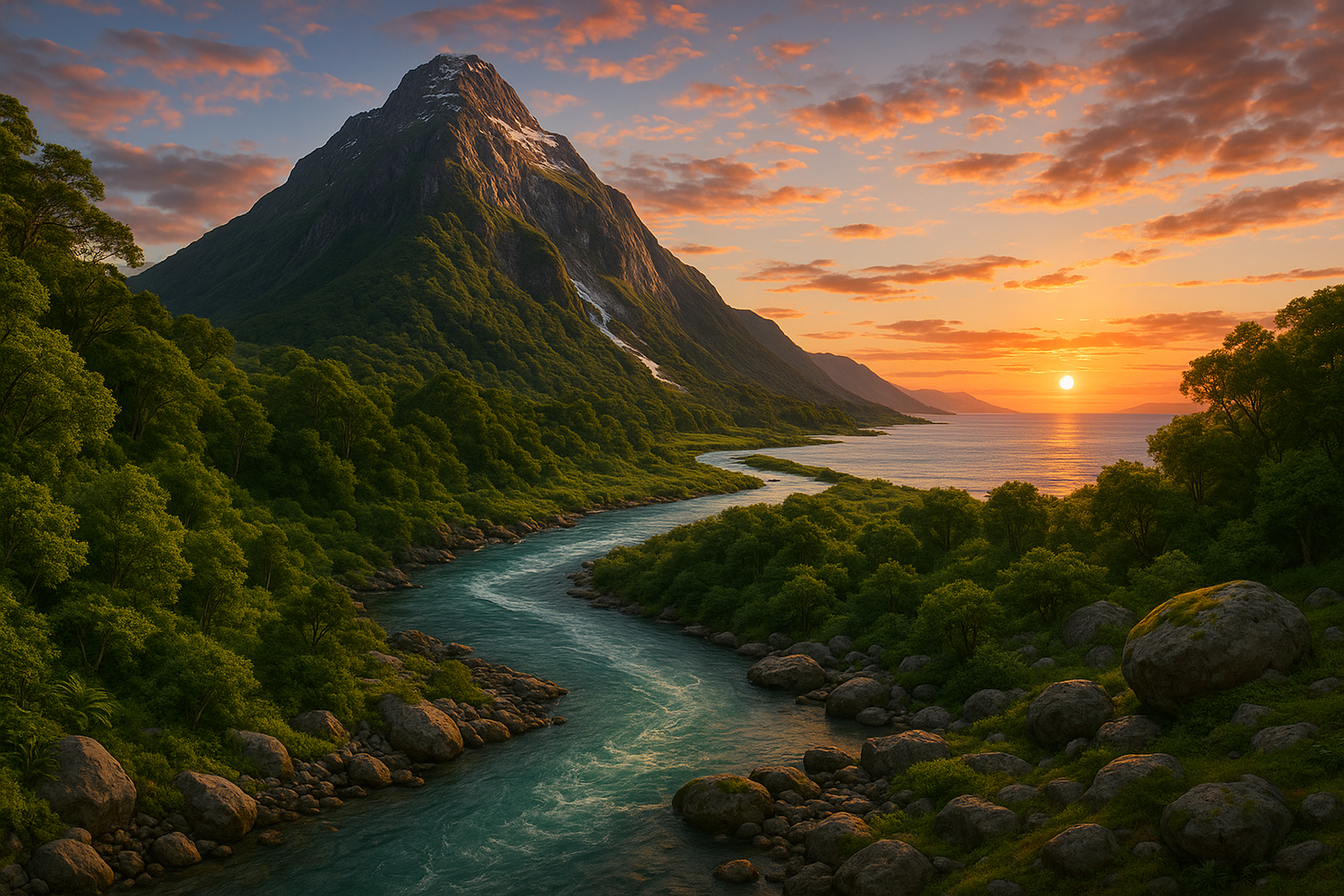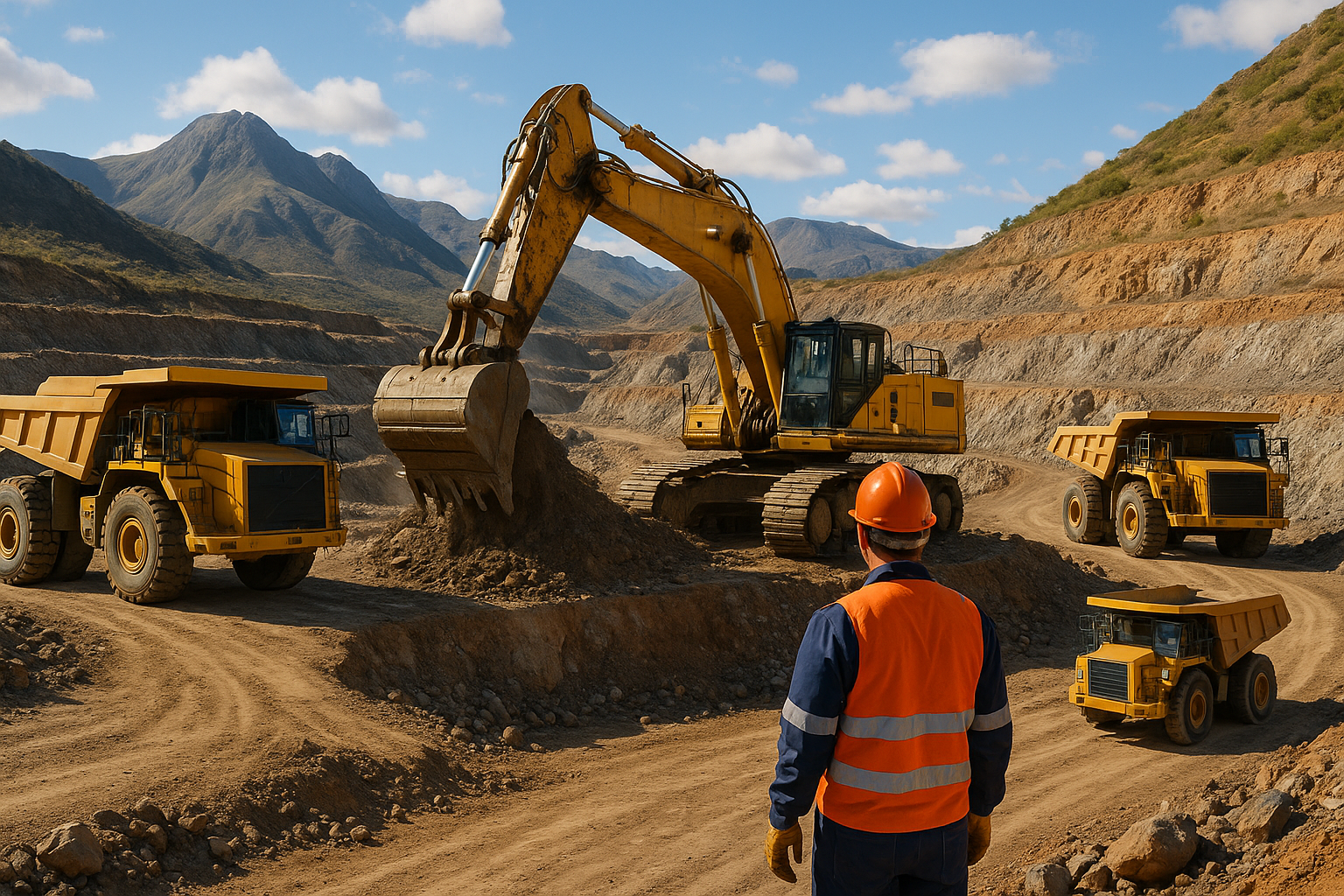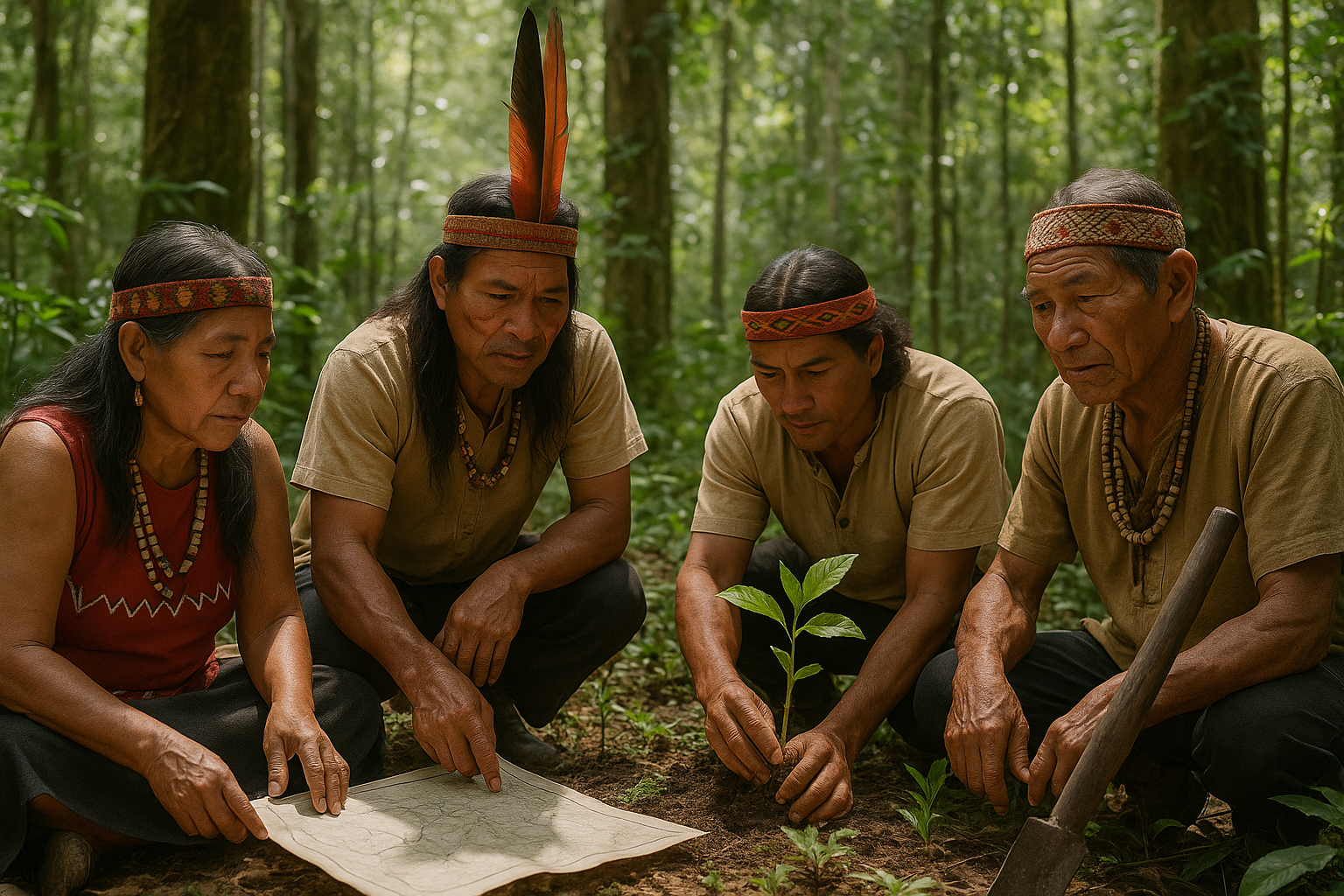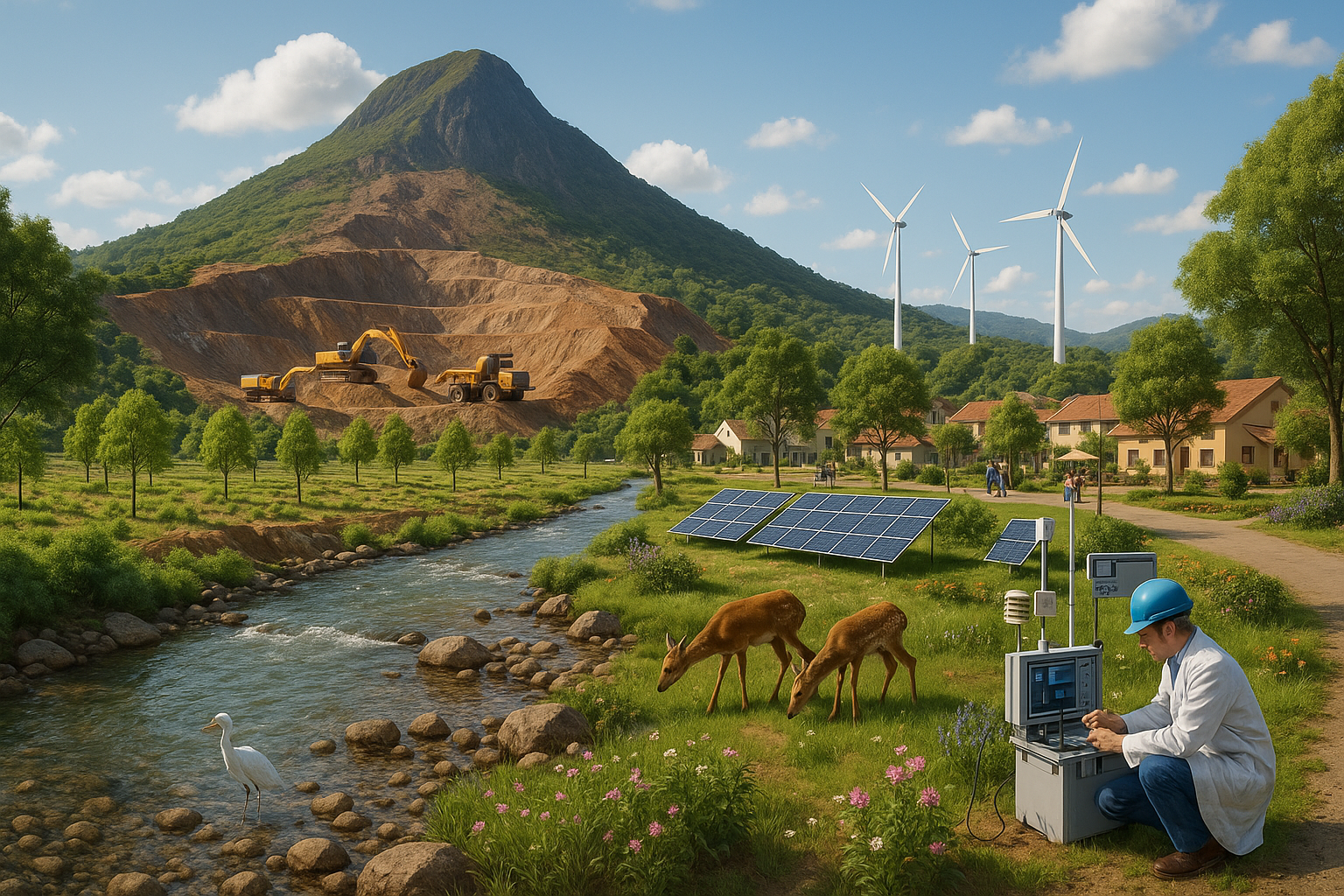In a world where skyscrapers touch the sky and digital landscapes captivate our minds, it’s easy to overlook the profound power and beauty of nature’s boundaries. Yet, rivers, mountains, and seas have shaped our planet for millennia, crafting ecosystems, influencing climate patterns, and even defining cultures. These natural formations are not just geographical features; they are the silent narrators of Earth’s dynamic story. 🌍
Imagine standing on the banks of a mighty river, feeling the gentle breeze and listening to the rush of water carving its path through the land. Each bend and curve tells a tale of resilience and change. Rivers are the lifelines of our planet, nurturing biodiversity and sustaining civilizations. From the ancient Nile to the majestic Amazon, these waterways have witnessed the rise and fall of empires, serving as both barriers and bridges for human progress.
Turn your gaze to the towering peaks of mountains, and you will find monuments of time and endurance. Mountains are Earth’s natural fortresses, formed through millennia of tectonic forces. They stand as silent sentinels, overseeing the lands below and sheltering unique ecosystems within their ranges. The Himalayas, the Rockies, and the Andes are more than mere landforms; they are the cradles of life and the catalysts for weather patterns that affect the entire globe. 🏔️
And then, there are the seas—vast, mysterious, and teeming with life. Oceans and seas cover over 70% of our planet, playing a crucial role in regulating climate and supporting an incredible diversity of species. The ebb and flow of tides shape coastlines, influence weather systems, and sustain millions of livelihoods worldwide. From the coral reefs of the Pacific to the icy waters of the Arctic, the seas are both a source of wonder and a reminder of nature’s immense power. 🌊
As we embark on this exploration of rivers, mountains, and seas, we’ll delve into their evolution and impact on our planet. We will uncover how rivers have sculpted the land, influenced human settlement, and supported complex ecosystems. We’ll venture into the rugged beauty of mountain ranges, examining their formation, ecological significance, and the challenges they face in a changing world. Finally, we will dive into the depths of the seas, discovering the crucial role they play in our planet’s health and the threats they encounter from human activity.
This journey through nature’s boundaries is not just a scientific exploration; it is a call to appreciate and protect the natural world. As we unravel the secrets of rivers, mountains, and seas, we also confront the urgent need for conservation and sustainable practices. These natural wonders are not inexhaustible resources; they are delicate systems that require our respect and stewardship.
Join us as we venture beyond the limits of our daily lives and reconnect with the primal forces that have shaped our Earth. Together, we will discover the profound interconnectedness of all life and the crucial role that rivers, mountains, and seas play in sustaining our planet. This is a story of evolution, adaptation, and the timeless dance between nature’s boundaries and the living world.
Prepare to be inspired by the awe-inspiring power of nature, enlightened by the intricate processes that govern our environment, and motivated to contribute to the preservation of these magnificent natural boundaries. Let’s embark on this journey of discovery and wonder, as we explore the evolution of rivers, mountains, and seas—a journey that will deepen our understanding and appreciation of the world we call home. 🌎✨
# Discover the Power of Nature’s Boundaries: Exploring the Evolution of Rivers, Mountains, and Seas
Understanding the forces that shape our planet is crucial to appreciating the dynamic world in which we live. The natural boundaries formed by rivers, mountains, and seas are not only geographical features but also crucial players in the history and evolution of life on Earth. These majestic elements have influenced climates, cultures, and biodiversity, offering us a glimpse into the powerful forces of nature. 🌍
## Rivers: The Lifelines of Civilization
Rivers have been the cradle of civilizations since time immemorial. These flowing bodies of water have carved valleys, nourished lands, and served as vital conduits for trade and communication. But how do rivers form, and what is their role in shaping our environment?
### The Formation and Evolution of Rivers
Rivers begin their journey from the highlands, where precipitation accumulates in the form of rain or melting snow. This water collects in small streams and rivulets, which converge to form a river. Over time, the river’s course is shaped by the terrain, climate, and geology of the region, creating a dynamic and ever-changing landscape.
As rivers flow, they erode the land, transporting sediments downstream. This process, known as fluvial erosion, is responsible for creating features such as valleys, canyons, and deltas. The evolution of a river is influenced by numerous factors, including tectonic activity, climate change, and human intervention.
One of the most fascinating aspects of rivers is their ability to change course over time. Meandering rivers, for example, develop curves and loops as a result of the natural processes of erosion and deposition. These changes can have significant ecological and economic impacts, affecting agriculture, settlements, and biodiversity.
### Rivers as Ecological Corridors
Rivers are not just physical features; they are also crucial ecological corridors that support diverse ecosystems. These water bodies provide habitats for a wide range of flora and fauna, including fish, amphibians, birds, and mammals. The riparian zones, or the areas along the riverbanks, are particularly rich in biodiversity and serve as important refuges for wildlife.
The ecological significance of rivers extends beyond their immediate surroundings. They play a vital role in nutrient cycling, transporting organic matter and nutrients from land to sea. This process supports marine life and contributes to the productivity of coastal ecosystems.
Moreover, rivers are essential for maintaining the hydrological balance of the planet. They regulate the flow of water, preventing floods and droughts, and recharge groundwater aquifers. By understanding the ecological functions of rivers, we can better appreciate their role in sustaining life on Earth.
### Human Interactions with Rivers
Throughout history, humans have relied on rivers for sustenance, transportation, and commerce. Ancient civilizations such as the Egyptians, Mesopotamians, and Indus Valley people thrived along riverbanks, utilizing the fertile land for agriculture and the water for irrigation.
In modern times, rivers continue to be vital resources for human societies. They provide water for drinking, agriculture, and industry, as well as opportunities for recreation and tourism. However, human activities have also had a profound impact on river systems.
The construction of dams, for example, has altered the natural flow of rivers, affecting ecosystems and communities. While dams provide benefits such as hydroelectric power and flood control, they also disrupt fish migration patterns and sediment transport.
Pollution is another major challenge facing rivers today. Industrial discharge, agricultural runoff, and untreated sewage contaminate waterways, posing risks to human health and wildlife. Efforts to address these issues include stricter regulations, improved wastewater treatment, and community-led conservation initiatives.
By exploring the evolution and significance of rivers, we can better appreciate their role in shaping our world and recognize the need for sustainable management practices. 🌊
## Mountains: Majestic Giants of the Earth
Mountains are among the most awe-inspiring features of our planet, rising majestically above the surrounding landscape. These geological formations are not only breathtakingly beautiful but also play a crucial role in shaping the Earth’s climate and ecosystems.
### The Formation of Mountains
Mountains are formed through tectonic processes that involve the movement and collision of the Earth’s lithospheric plates. There are several types of mountains, each with distinct characteristics and formation mechanisms:
- Fold Mountains: These are the most common type of mountains, formed by the collision of two tectonic plates that cause the Earth’s crust to buckle and fold. The Himalayas and the Alps are classic examples of fold mountains.
- Fault-block Mountains: These mountains form when large blocks of the Earth’s crust are uplifted or tilted along fault lines. The Sierra Nevada in the United States is an example of fault-block mountains.
- Volcanic Mountains: Formed by volcanic activity, these mountains are created by the accumulation of lava, ash, and other volcanic materials. Mount Fuji in Japan and Mount St. Helens in the United States are well-known volcanic mountains.
- Dome Mountains: These are formed when molten rock pushes up the Earth’s crust but does not erupt. The Black Hills of South Dakota are an example of dome mountains.
### The Ecological and Climatic Significance of Mountains
Mountains have a profound impact on the Earth’s climate and ecosystems. They act as barriers to atmospheric circulation, influencing weather patterns and precipitation. As air masses rise over mountains, they cool and lose moisture, resulting in rainfall on the windward side and creating rain shadows on the leeward side.
This variation in climate contributes to the high biodiversity found in mountainous regions. Mountains provide a range of habitats, from lush forests at lower elevations to alpine meadows and tundra at higher altitudes. These diverse environments support unique plant and animal species, many of which are endemic to specific mountain ranges.
Mountains also play a crucial role in the global water cycle. They are often referred to as “water towers” because they store and release freshwater through snowmelt and glacial runoff. This water is vital for downstream ecosystems and human communities, providing drinking water, irrigation, and hydropower.
### Human Adaptation and Impact on Mountains
Human societies have long been fascinated by mountains, both for their natural beauty and the challenges they present. People have adapted to life in mountainous regions, developing unique cultures and ways of living. Mountain communities often rely on agriculture, herding, and tourism for their livelihoods.
However, mountains are also vulnerable to human activities. Deforestation, mining, and infrastructure development can lead to habitat destruction, soil erosion, and pollution. Climate change poses an additional threat, as rising temperatures and melting glaciers alter ecosystems and water availability.
Efforts to conserve mountain environments focus on sustainable land use, protected areas, and community involvement. By understanding the ecological and cultural importance of mountains, we can work towards preserving these majestic landscapes for future generations.
## Seas: The Boundless Blue
The vastness of the seas has always captivated human imagination, offering a sense of mystery and adventure. Covering over 70% of the Earth’s surface, seas and oceans are integral to the planet’s climate system, biodiversity, and human society.
### The Formation and Dynamics of Seas
Seas are large bodies of saltwater that are partially enclosed by land. They are interconnected with the world’s oceans, which cover the majority of the Earth’s surface. The formation of seas is closely linked to the movement of tectonic plates, volcanic activity, and changes in sea level.
Seas are dynamic environments, characterized by currents, tides, and waves. Ocean currents, driven by wind, temperature, and salinity differences, play a crucial role in regulating the Earth’s climate by distributing heat around the planet. The Gulf Stream, for example, carries warm water from the Gulf of Mexico to the North Atlantic, influencing the climate of Europe.
Tides, caused by the gravitational pull of the moon and sun, lead to the rise and fall of sea levels. This rhythmic movement affects coastal ecosystems and human activities such as fishing and shipping. Waves, generated by wind, shape coastlines and provide energy for marine life.
### The Rich Biodiversity of Seas
Seas are home to a staggering diversity of life, from microscopic plankton to the largest creatures on Earth, such as the blue whale. Marine ecosystems include coral reefs, mangroves, seagrass beds, and deep-sea habitats, each supporting a unique array of species.
Coral reefs, often referred to as the “rainforests of the sea,” are among the most biodiverse ecosystems on the planet. They provide habitat for countless marine organisms and offer critical ecosystem services, including coastal protection and tourism.
Mangroves and seagrass beds serve as nurseries for many fish species and help stabilize coastlines by trapping sediments. The deep sea, though less explored, is teeming with life adapted to extreme conditions, such as hydrothermal vents and cold seeps.
The conservation of marine biodiversity is crucial for maintaining the health of the seas and the services they provide. Threats such as overfishing, pollution, and climate change pose significant challenges to marine life. Initiatives such as marine protected areas, sustainable fishing practices, and pollution control are vital for safeguarding these valuable ecosystems.
### Human Connection to the Seas
Throughout history, humans have had a profound connection to the seas. Ancient civilizations relied on the seas for navigation, trade, and sustenance. Maritime exploration led to the discovery of new lands and cultures, shaping the course of human history.
Today, the seas continue to be vital for global trade, providing routes for the transport of goods and resources. They also offer opportunities for recreation, tourism, and scientific research. The seas inspire art, literature, and mythology, reflecting their cultural significance.
However, human activities have also placed pressure on marine environments. Pollution from plastic waste, oil spills, and chemical runoff threatens marine life and ecosystems. Climate change, driven by greenhouse gas emissions, is causing ocean acidification and rising sea levels.
Efforts to address these challenges include international agreements, such as the Paris Agreement and the United Nations Convention on the Law of the Sea, which aim to protect marine environments and promote sustainable use of ocean resources.
By exploring the evolution and significance of seas, we can better understand their vital role in the Earth’s systems and our own lives. 🐠
### Watch the video below to learn more about the dynamic interplay between Earth’s natural boundaries: [The Water Bodies of Earth Explained | RealLifeLore](https://www.youtube.com/watch?v=3q3ZXg0I1hQ)
In conclusion, the exploration of rivers, mountains, and seas reveals the intricate and interconnected systems that define our planet. These natural boundaries are not only physical features but also powerful forces that shape the environment, climate, and biodiversity. By understanding their evolution and significance, we can appreciate the beauty and complexity of our world and work towards preserving these vital elements for future generations.

Conclusion
Conclusion
As we draw to a close on this exploration of the powerful natural boundaries that shape our world, it is clear that rivers, mountains, and seas are more than mere geographical features. They are dynamic entities, constantly evolving and influencing the environment and human life. Throughout this article, we’ve delved into the intricate ways these natural boundaries have developed over millennia, and how they continue to play a crucial role in biodiversity, climate, and culture.
Rivers, often seen as the lifeblood of ecosystems, have been instrumental in shaping landscapes and supporting civilizations. They carve through terrain, transporting nutrients and sustaining life. The significance of rivers cannot be overstated; they have been cradles of human civilization, facilitating trade, providing water for agriculture, and serving as natural highways that connect communities.
Mountains, majestic and formidable, stand as testament to the Earth’s geological history. Their towering peaks and rugged landscapes are not just barriers but are also cradles of biodiversity, home to unique flora and fauna. Mountains influence weather patterns, acting as natural water towers that store and release freshwater, crucial for millions living in their shadows.
Seas and oceans cover more than 70% of our planet’s surface and are integral to the global climate system. They regulate temperature, support a vast array of marine life, and are a source of food and livelihood for billions. The dynamic nature of seas, with their currents and tides, connects distant shores and influences weather far beyond their boundaries.
Reflecting on the evolution of these natural boundaries, it is evident that they are interconnected. Changes in one can have ripple effects on others, highlighting the importance of preserving these natural wonders. Human activity, from deforestation to pollution, poses significant threats to these ecosystems. It is imperative that we adopt sustainable practices to ensure the health and longevity of these natural boundaries.
🌍 The exploration of nature’s boundaries is not just an academic pursuit but a call to action. Understanding the evolution of rivers, mountains, and seas provides us with insights necessary for conservation and sustainable development. As stewards of the planet, we have a responsibility to protect these natural treasures for future generations.
In conclusion, the power of nature’s boundaries is immense and profound. They have shaped our past and will continue to influence our future. We encourage you, dear reader, to reflect on what you’ve learned and consider how you can contribute to the preservation of these essential ecosystems. Whether through supporting conservation efforts, reducing your ecological footprint, or simply spreading awareness, every action counts.
We invite you to share your thoughts and insights in the comments below. Let’s continue this conversation and work together towards a more sustainable and harmonious relationship with nature. Feel free to share this article with friends and family who might be interested in the wonders of our natural world.
For further reading, you can explore resources like the World Wildlife Fund and the Nature Conservancy, which offer extensive information on conservation efforts and how you can get involved.
Thank you for joining us on this journey of discovery. Let us be inspired by the resilience and beauty of nature’s boundaries, and together, let’s strive to protect and cherish our planet. 🌿
Toni Santos is a visual storyteller and artisan whose creations celebrate the poetry of the natural world. Through his thoughtful artistic lens, Toni captures the elegance of botanical forms, transforming them into meaningful expressions of symbolism, resilience, and timeless beauty.
His journey is deeply rooted in a passion for flora and the mysteries they carry. From the shape of a petal to the curve of a vine, each design Toni brings to life reflects a deeper narrative — one of growth, transformation, and harmony with nature. Whether crafting symbolic floral jewelry, enchanted botanical illustrations, or seasonal visual studies, Toni’s work evokes the quiet magic found in Earth’s most delicate details.
With a background in handcrafted artistry and visual design, Toni blends technique with intention. His creations do more than decorate — they speak, often inspired by ancient meanings behind flowers, the cycles of the seasons, and the invisible bonds between nature and spirit.
As the creative voice behind Vizovex, Toni shares this botanical journey with the world, offering curated stories, handcrafted collections, and thoughtful articles that help others reconnect with nature’s symbolism and artistic essence.
His work is a tribute to:
The quiet power of flowers and their messages
The art of visual symbolism in everyday life
The beauty of slowing down to see what’s hidden in plain sight
Whether you’re an artist, a nature lover, or someone drawn to the deeper meanings behind the natural world, Toni welcomes you to explore a space where aesthetics meet soul — one petal, one story, one creation at a time.





